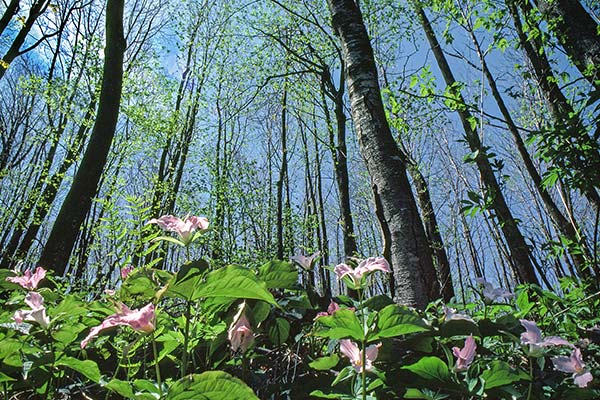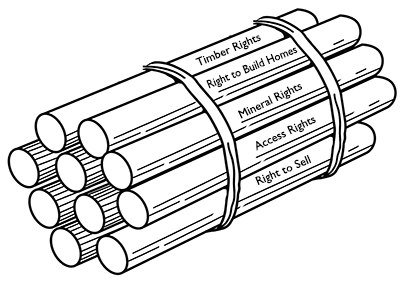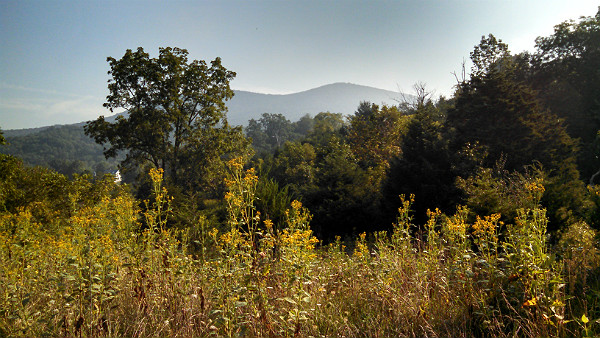
 Department of Conservation and Recreation
Department of Conservation and Recreation
Conserve. Protect. Enjoy.
 Department of Conservation and Recreation
Department of Conservation and Recreation

If you wish to protect your land as it is today for future generations, you may:
You can donate all of your ownership rights by giving or selling the fee simple title or deed to your property to a conservation organization. If you donate land, you will be eligible for a tax credit for the value of your donation and potentially reduced real estate taxes. For more on tax advantages and incentives, read about the benefits of protecting your land.
You could also sell your property to a land conservation organization at a price below fair market value. This is called a bargain sale. The difference between the sale price and the fair market value is considered a charitable donation, hence you could enjoy an income tax deduction or a reduction in estate taxes. In addition, a bargain sale is useful in minimizing the liability of a long-term capital gains tax associated with the sale of a large estate.
Rather than transferring ownership rights immediately, a landowner may also donate or sell their property to a land conservation organization but continue to live on it until their death. This is called a life estate. This way the owner may continue to enjoy the property during his or her lifetime, while the land ultimately becomes permanently conserved.
As a landowner, you have certain rights regarding the use of your land. These property rights are collectively known as your “bundle of rights,” which typically includes the rights to use your land for:

With your ownership also comes the right to subdivide property and sell the lots, or sell all of the property, which may lead to its development. These rights are often described as a “bundle of sticks.”
You can give or sell some of the property rights to your land — the “sticks” in your “bundle” — to a conservation organization or agency, rather than turning over full ownership. You would relinquish some development rights to the land while retaining ownership, most traditional uses of the land and the right to sell the land. This is done through placing a conservation easement on the deed to the property. Conservation easements, when they are held by government entities, are called open-space easements.
A conservation or open-space easement is a legal document made between a landowner and a public body or qualified conservation organization. Each easement is tailored to the specific characteristics and uses of the given property. The easement limits present and future property development rights. It allows you to live on the property and use it for its traditional uses, such as having a residence, farming or forest harvesting while also protecting its conservation values. The easement is legally recorded and bound to the deed of the property permanently. By maintaining the property's natural or open-space values, the easement helps protect natural resources, maintain or enhance air or water quality, or preserve historical, architectural, or archaeological aspects of the property.
Easements rarely allow public use of your property. The land conservation organization that holds the easement is responsible for enforcing the protective covenants of the easement and is therefore allowed to conduct periodic inspections of the property. The landowner retains all rights to the property except for restrictions on future development rights specified in the easement.
Learn more about the elements of a conservation easement .
See the following for more information about open-space and conservation easements:
For details on tax advantages, see Enjoying Financial Incentives.

Natural area dedications are a conservation option available to landowners of highly significant natural areas. Dedication is the placement of natural areas, both privately and publicly owned, into the Virginia Natural Area Preserve System, administered by DCR. The landowner retains ownership and transfer rights of the land while voluntarily prohibiting land uses that are incompatible with the conservation needs of the natural area.
To be eligible, a property must include one or more of these natural values:
If your property qualifies for natural area dedication, a legal document known as an instrument of dedication will be written and signed by you and DCR. The document will be recorded with the deed of the property thereby ensuring permanent protection of the natural area against conversion to inappropriate uses.
You may receive financial incentives for dedicating your land. Examples include possible reduced assessment for real estate purposes, reduction of federal estate and Virginia inheritance taxes, and a charitable deduction for state and federal income tax purposes. For details on tax advantages, see tax incentives related to land conservation.
Visit the Division of Natural Heritage for more information on natural area dedications.

